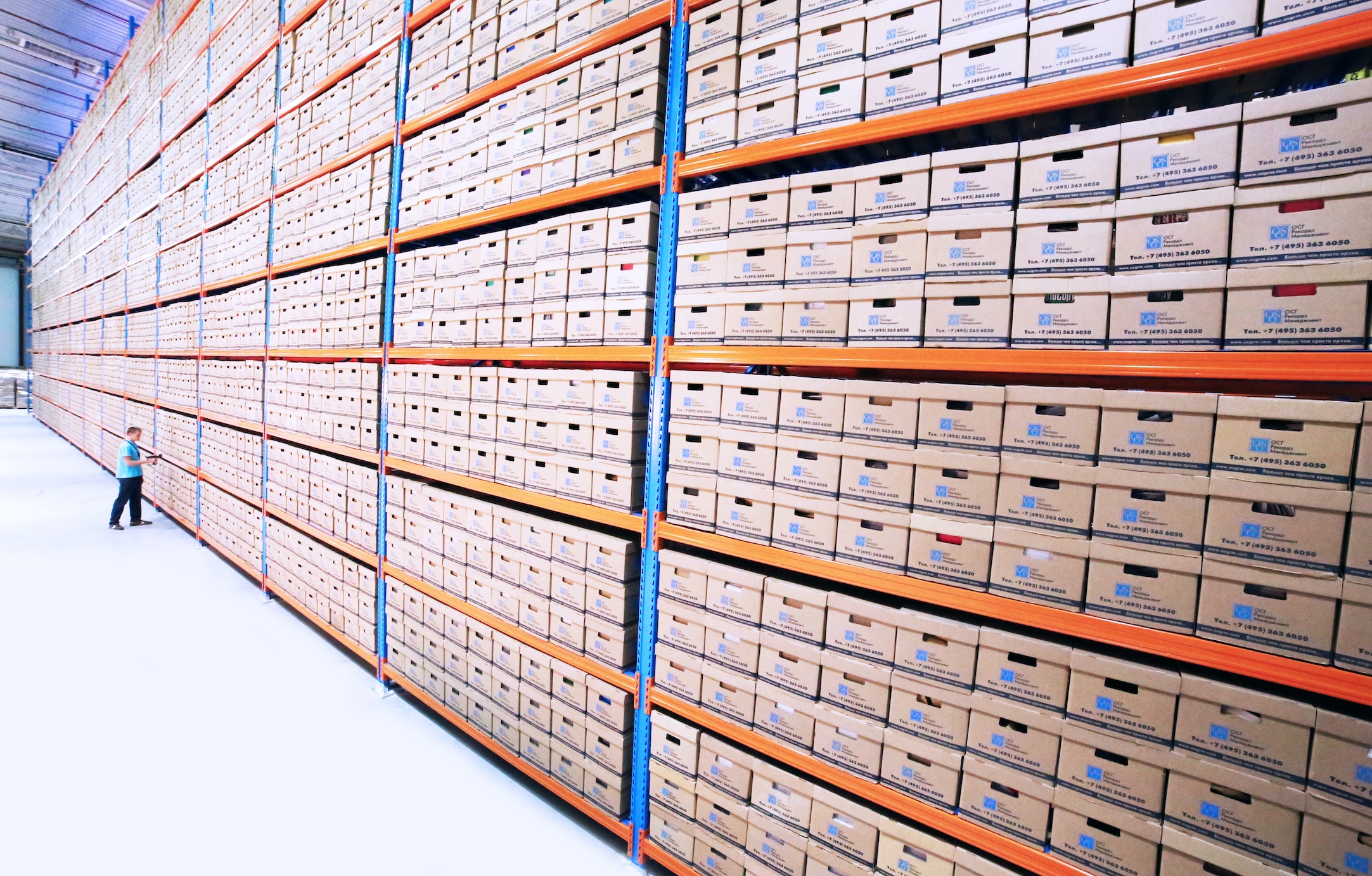What’s changed in HS codes in the HS2023 update?
Topics

Whilst not as extensive as the five-yearly Harmonised System review in 2021-2022, there have been a number of changes to HS codes which customs classification teams need to be aware of as we enter 2023. These updates relate to import and export HS codes when classifying your goods for international shipment and should not result in any changes to the rates of customs duty payable.
Highlighted below are some examples of these changes.
Food
There has been an expansion within heading 0809.30 relating to peaches and nectarines. Previously, the heading ‘Peaches, including nectarines’ simply expanded to give options for ‘Nectarines – 0809301000’ and ‘Other – 0809309000’, however this has now been given a more detailed subheading.
‘Flat peaches (Prunus persica var. platycarpa) and flat nectarines (Prunus persica var. platerina) – 0809302000’, before expanding into ‘Nectarines – 0809303000’ and ‘Other – 0809308000’.
Alongside this, Heading ‘1006 – Rice’ has received additional ‘Other’ subheadings within husked (brown) rice, and semi-milled/wholly milled rice, both parboiled and not parboiled. This will cater for rice which does not meet the requirements for the preceding Round, Medium and Long Grain subheadings.
Magnets
Another heading which has been expanded is ‘Permanent magnets and articles intended to become permanent magnets after magnetisation…Of Metal’. This heading has been extended to include a new subheading for magnets: ‘Containing neodymium, praseodymium, dysprosium or samarium – 85051110’ and ‘Other – 85051190’ i.e. magnets not containing the materials specified above.
3D printing
There is a code change for Machines for Additive Manufacturing (3D printers) chapter 8485, where the last 4 digits have changed in this section:
8485800090 became 8485809000
8485800010 became 8485801000
Static Converters
Finally, a very commonly used code, 8504403000; Static Converters – Of a kind used with telecommunication apparatus, automatic data-processing machines and units thereof’ has been removed from the tariff, subsequently changing the remaining codes within the ‘Static converters’ heading.
Importers must now work to understand where to classify charging appliances which they had previously classified to this removed heading. This task can be complex as the remaining headings relate to how energy is exchanged between a power supply and the product; a process than can differ considerably product by product.
It pays to keep up to date with changes in HS codes which are updated continuously throughout the year. Our leading TariffTel solution, supported by our expert team, ensures easy, automated customs classification to take the hassle out of navigating these changes and includes alerts to customers about changing codes. Find out more about the benefits of using a customs classification solution and the cost of getting it wrong.
Get in touch and a member of our team can talk you through our TariffTel solution and find the right support for your business
Other Useful Resources
Windsor Framework update: Key details ahead of 1st May 2025 implementation
The Windsor Framework's latest updates come into effect on 1st May 2025, introducing new trading arrangements between Gr...
From spreadsheet chaos to smart compliance
Data accuracy matters more than you think in customs classification. In global trade, the difference between complian...
Adapting to an ever-changing regulatory environment
In the fast-moving world of international trade, compliance is more than just a legal necessity; it’s a competitive ad...



